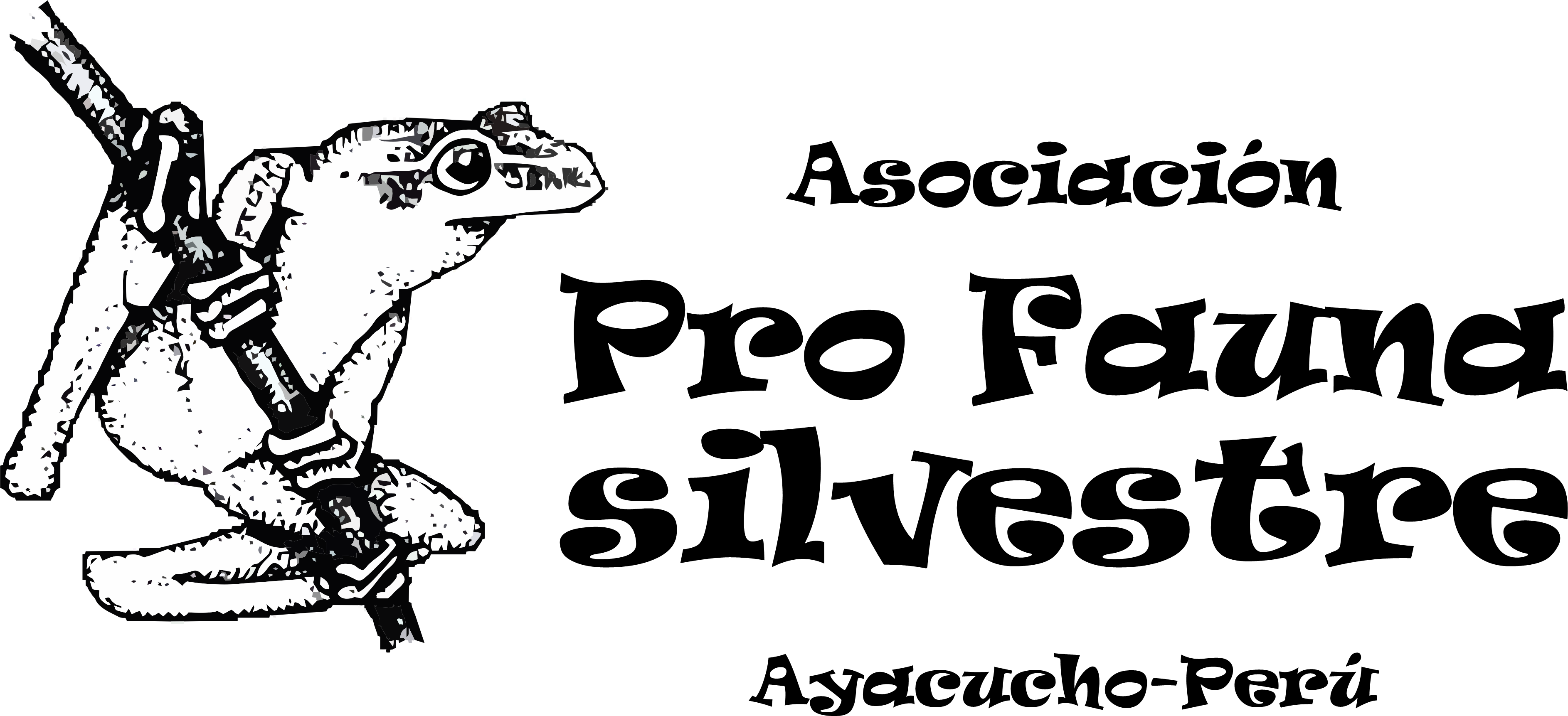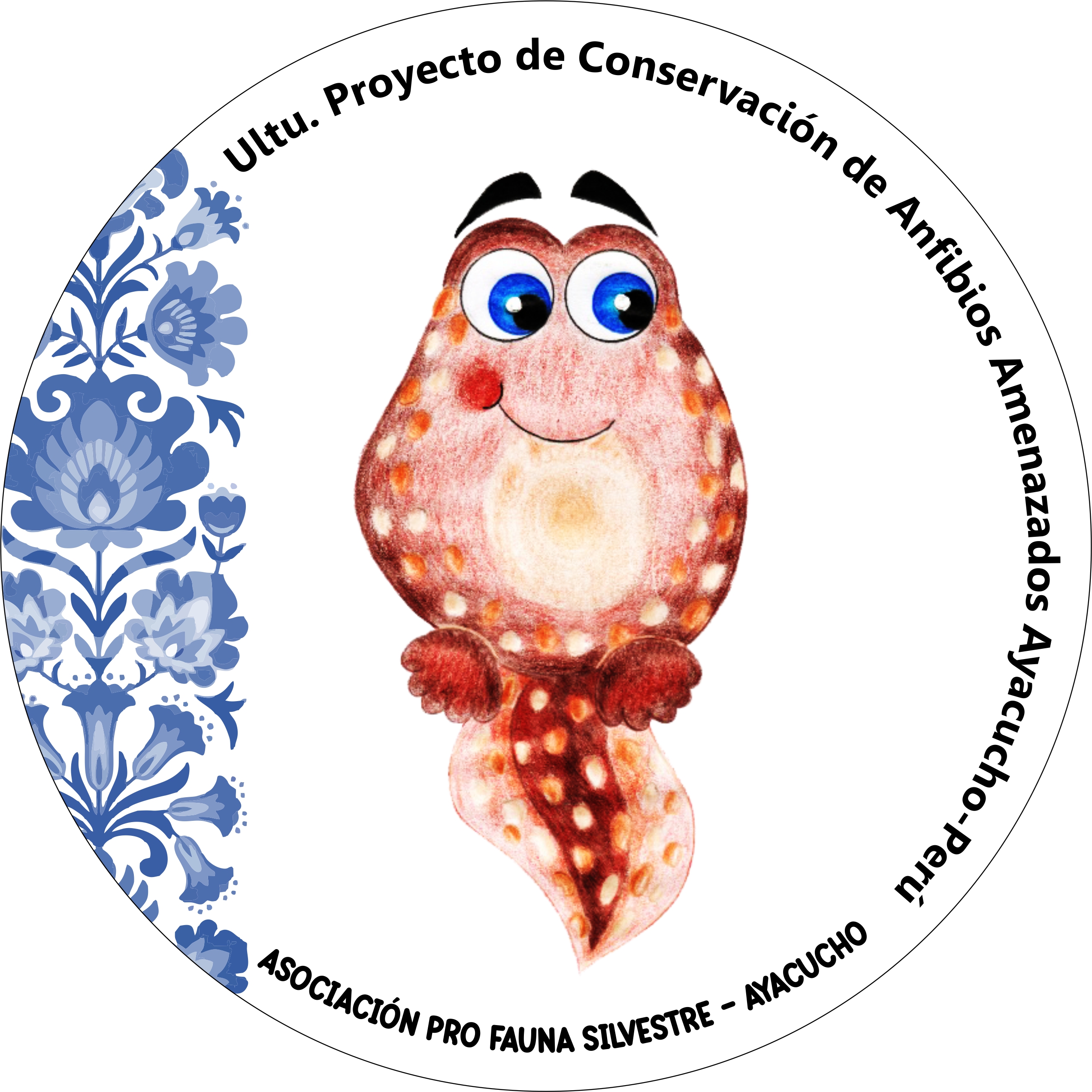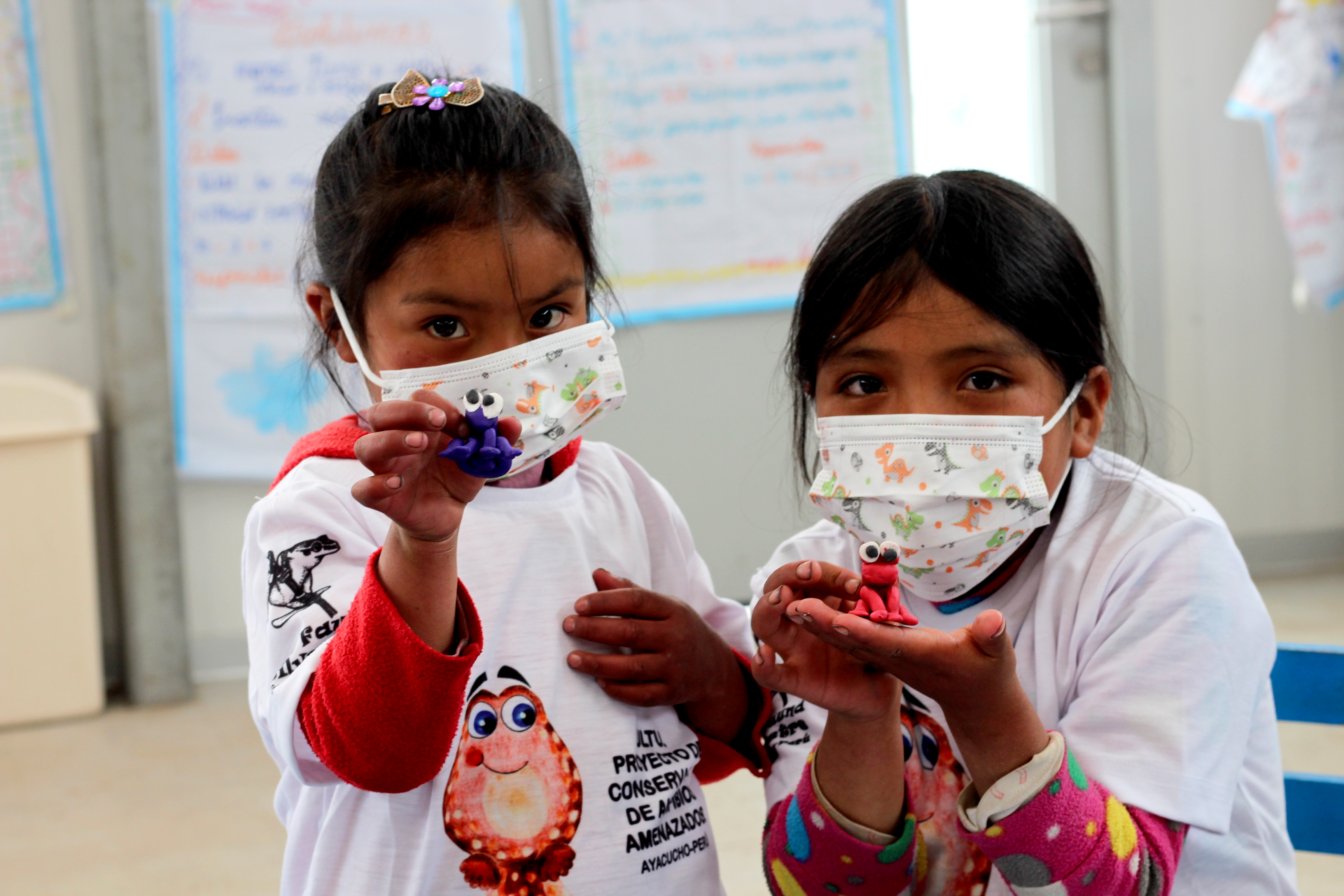Asociación Pro Fauna Silvestre, Ayacucho has been implementing the ‘Ultu’ project, whose objective is to inventory and monitor threatened amphibian species in the central Andes of Peru, specifically in the department of Ayacucho. The project area is located in high Andean peasant communities that suffered from the armed violence that hit Peru over the past decade. These communities were especially affected, and many people, including adults, elderly, and children, were killed. Currently, they are rebuilding their lives, returning to their homes and their small agriculture activities, living in a difficult situation, forgotten by the state and at the mercy of a new threat, drug trafficking.
‘Ultu’ is a Quechua word meaning “tadpole or larva”. The local people see the amphibians in their puddles and streams and think of the tadpoles as a different type of animal than adult frogs or toads. Unfortunately, today amphibians are rarely seen due to threats.
The activities being implemented in the ‘Ultu’ project are:
(1) Environmental education and awareness on the conservation and importance of amphibians. For this, talks were organized for elementary and primary school students in the rural communities of Tircos, Chullas and Putis. This activity was called ‘Among toads and frogs, knowing to conserve’. They were given information on the ecology, reproductive cycle, habitat, importance and threats of the amphibians present in their area. With the help of didactic materials such as photographic guides, brochures and videos, we organized painting and drawing contests on amphibians of the zones, and handicrafts based on colored plasticine, among other activities. We also organized the photographic exhibition ‘Amphibians and reptiles of the department of Ayacucho, knowing to conserve’ to inform the population about the diversity of amphibians and reptiles in this part of Peru, as well as to demystify some myths and legends about these animals. In addition, information was disseminated through social networks and written and radio media.
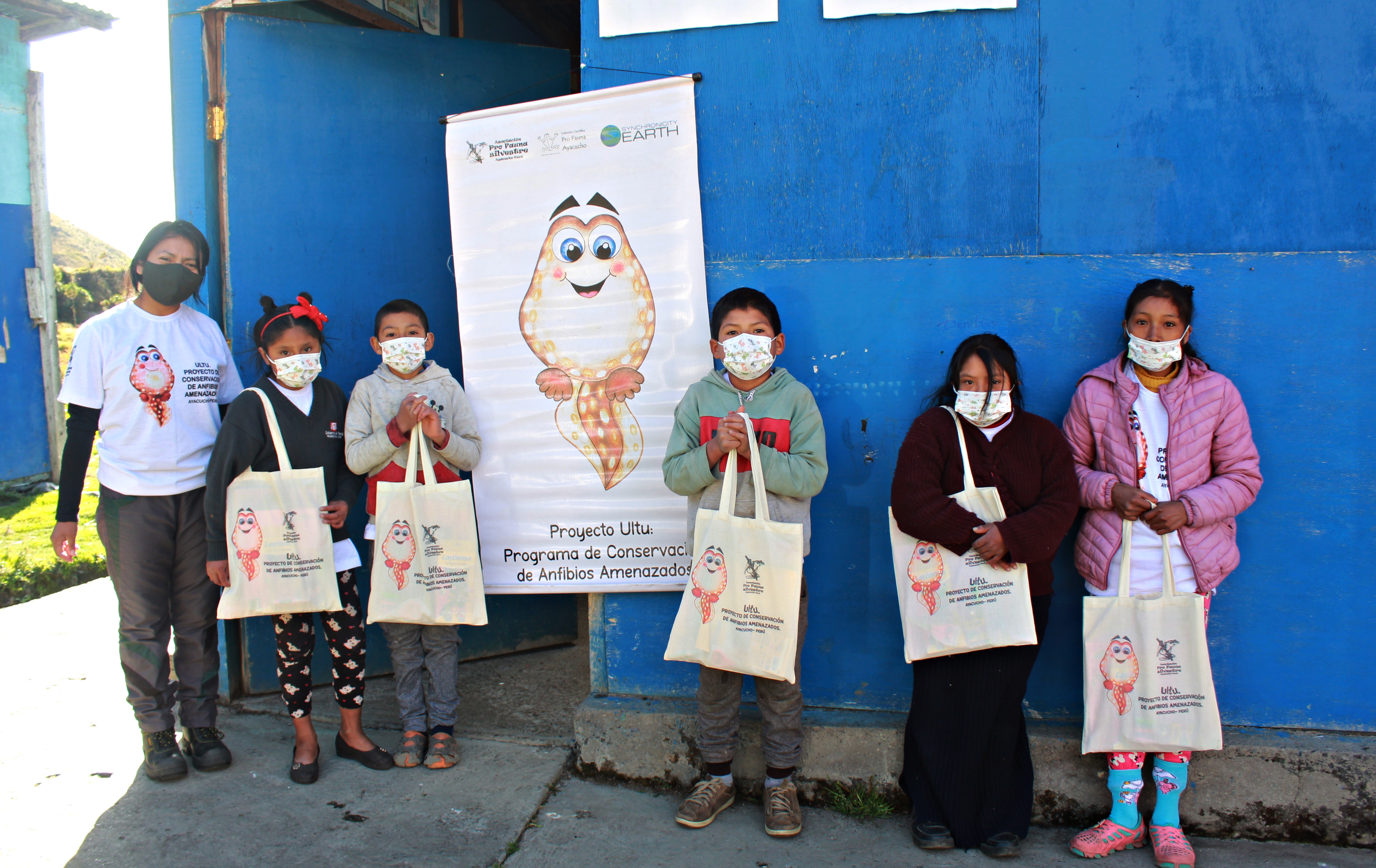
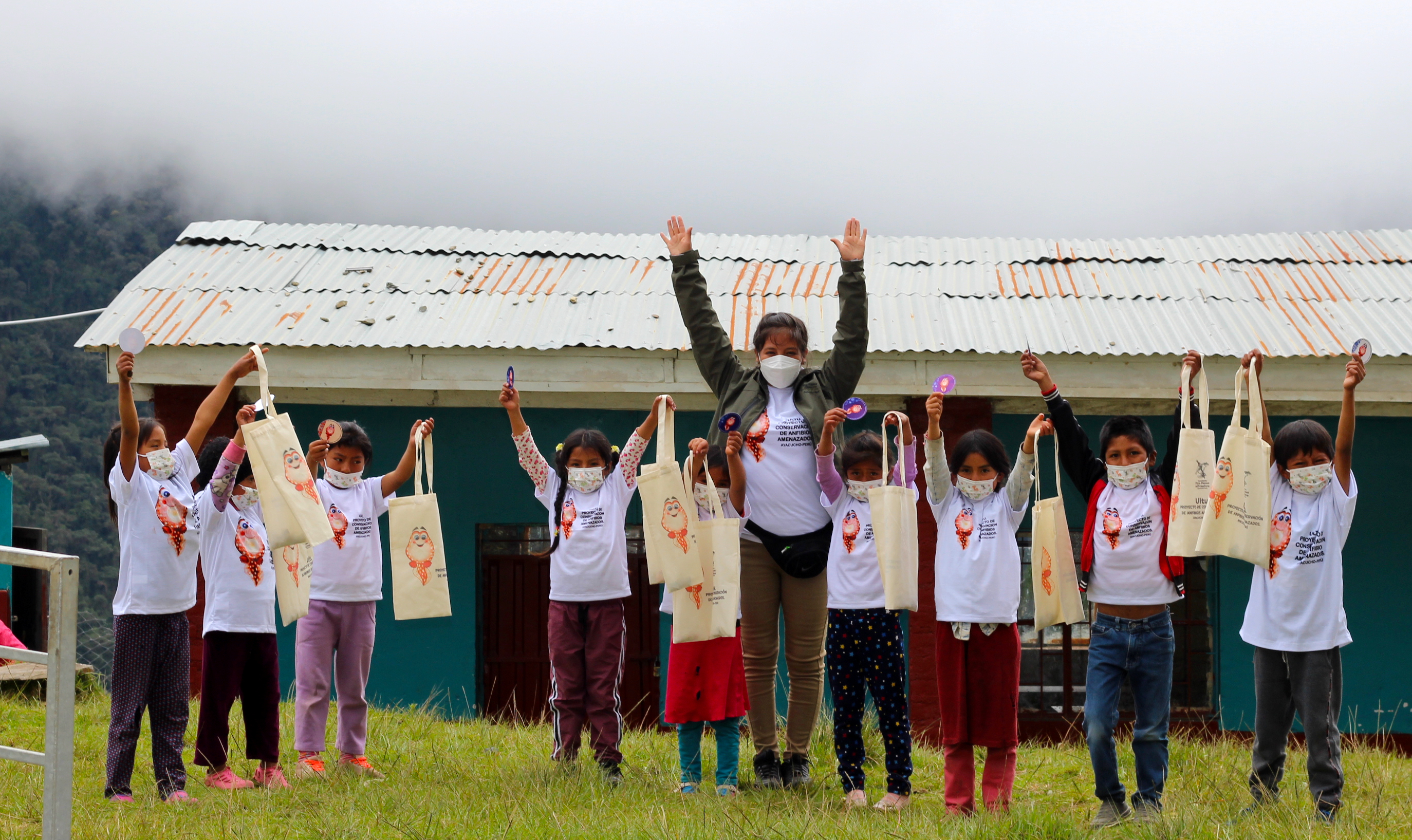
(2) Field trips to study threatened amphibians and reptiles in the montane forests and the puna to inventory and initiate monitoring of the status of their populations, and to learn about the presence and impact of the chytrid fungus. Standardized methodologies were applied for the development of the activities. The field trips made it possible to learn about the little-explored diversity of these ecosystems, discovering new species for science and expanding the range of distribution of others. The information gathered will allow us to monitor these species in the long term.
The ‘Ultu’ project, funded by ASA partner Synchronicity Earth, also allowed us to strengthen our organization, both administratively and legally. This support allowed us to improve our conservation activities in this part of Peru. Our project is now entering a second stage and will allow us to expand our range of interventions in favor of biodiversity conservation in this part of Peru.
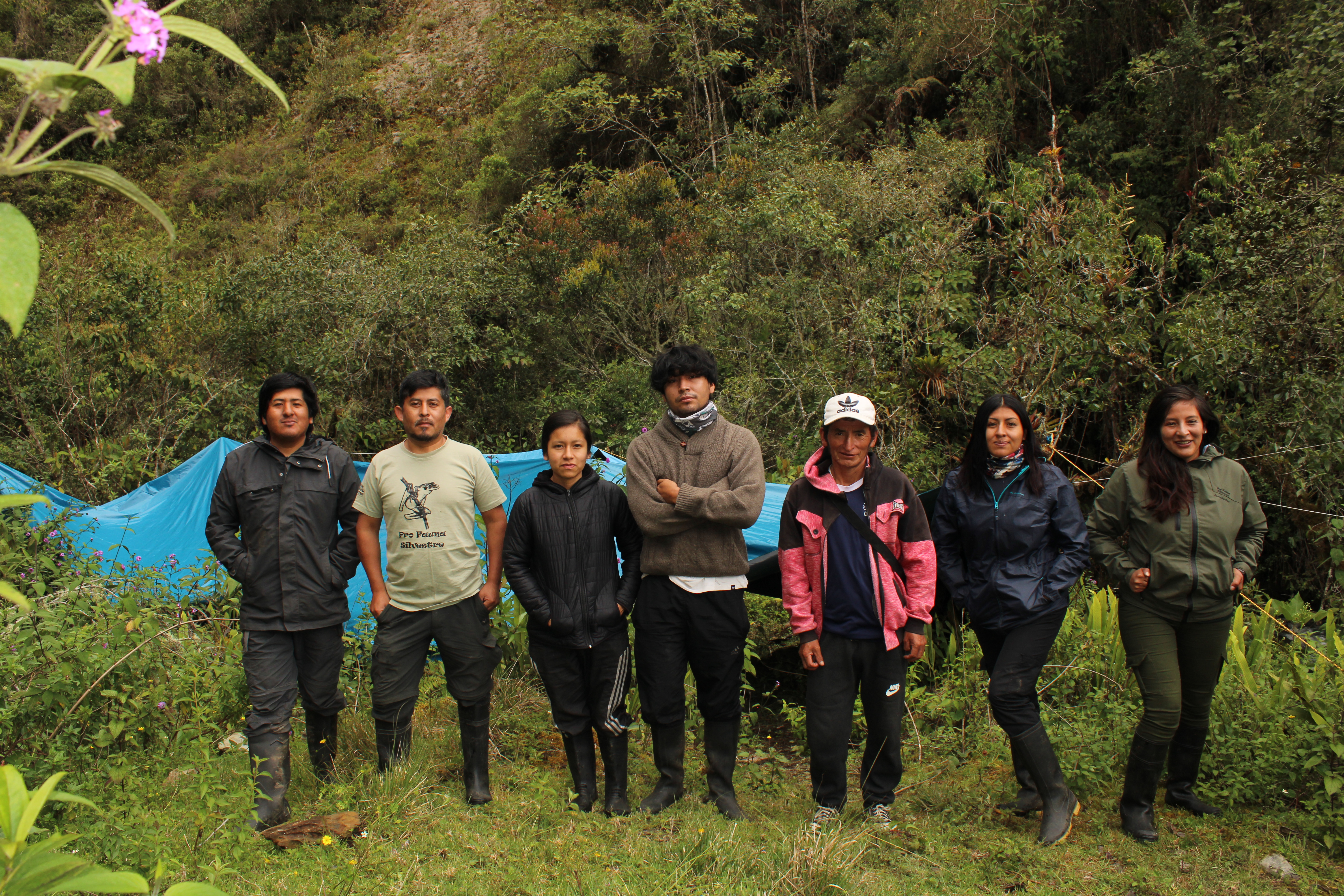
Lea la versión en español de este texto aquí.
Photos by Adamelita Quispe and Asociación Pro Fauna Silvestre – Ayacucho
Text by Victor J. Vargas1,2,3, Yorka Aguilar1,2, Joe Roca1,2, Vladimir Díaz1,2, Kimberly Ñaccha1,2, Kevin Rivera1,2, Adamelita Quispe1,2, Nancy Quispe
